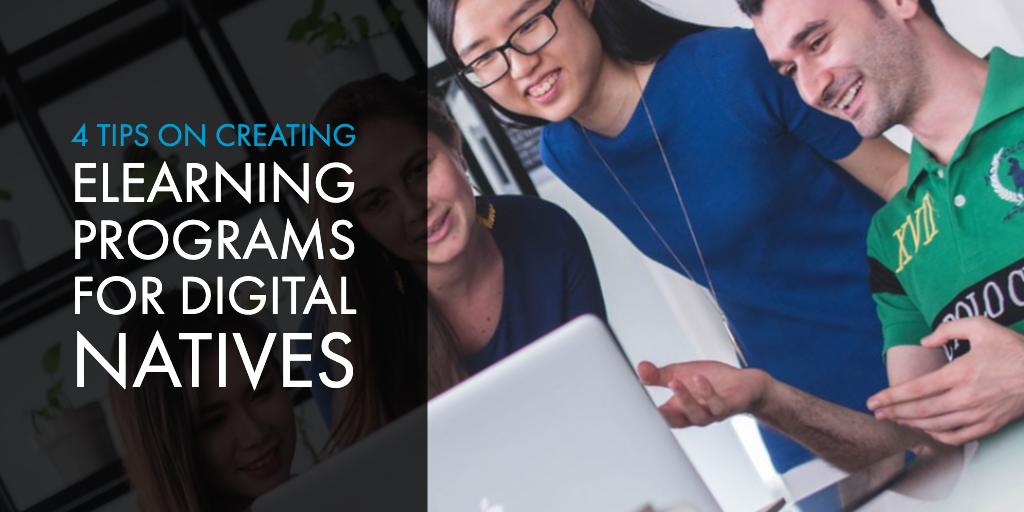Struggling to put together enough content to form a corporate training course? Not to worry, there are many learning content sources that your organization can use to implement the programs you need. Beyond your own internal experts and content, there are several external agencies, subject matter experts and resources out there to augment your course development with fresh ideas and useful knowledge.
What Outside Resources are Available for Corporate Course Development?
Including your own internal resources like informal training notes, product guides and existing employee demonstrations (ie. shadowing or call/video recordings), the right resources for building course content can be pooled from a variety of sources. This can include:
- Former employees and contractors
- Slides and scripts from ILT firms
- Books, movies, and articles
- Ready-made and white-label course content
You can also enlist a firm that can work with you to organize the current content you have and evaluate what gaps can be filled with the above options.
4 Ways to Incorporate Outside Resources
There are two main things to consider when incorporating external resources into your training programs - identifying your needs, and obtaining the materials that fulfill them. Here's how we recommend tacklling both:
1. Identify your content gaps.
This requires a full review of all the materials you have in-house. First, inform all stakeholders that they must share all current training notes, checklists, guides, and any informal training materials they have been using. Then, the task begins with organizing the content based on a working outline of the intended course. Match up your existing learning content with the course structure and determine if there are content gaps. Keep in mind that this exercise is likely to surface outdated product guides and other materials that need to be refreshed before they are reused.
2. Determine what learning objectives you want to address.
Take the time to nail down what the core learning objectives should be for this course. It may vary somewhat from how things are currently being done in an informal sense. For example, the more seasoned employees may have their own ideas of the objectives that they want to see new hires accomplish, so they can become productive members of the team. Consider the real-life application of the learning materials by collaborating with existing team members and agreeing upon the intended learning outcomes.
3. Decide what the best source is for each type of content.
This can vary, depending on what the gaps are in existing learning content. All content must also be easy to integrate with your delivery system(s) -- ie. it must be SCORM compliant. Variable content types can add value by changing things up for the learner. For example, using videos to explain concepts and then having online exercises to help learners practice certain tasks can help bridge concepts into practical use cases.
4. Paid or unpaid content? Original or existing content?
Every organization is concerned with controlling costs, but at times it’s better to use paid content rather than free content.
Paid content is quite often more thorough, of higher quality, and from a source that is both reputable and that can update it over time. Pre-published learning content can be useful for general subjects, so long as it’s compliant and current. It is also a great option to work with a firm to develop original content or customize content to closely align it with learning objectives, but is likely to incur higher costs.
Advantages of Using Outside Resources
The main advantages of using outside resources for course content is that it speeds up the process of developing the course, so it can be delivered to employees sooner.
When employees have access to current eLearning, the organization as a whole is more productive and it becomes easier to onboard future employees. Outside sources are focused on the creation of quality content for corporate use, so they have a never-ending library of content that can be used to improve or augment courses on a regular basis. This is a convenience that any company can benefit from.
If you’re ready to start creating awesome learning opportunities for your employees, we’re here to help.

.png)


.png)

Leave a comment